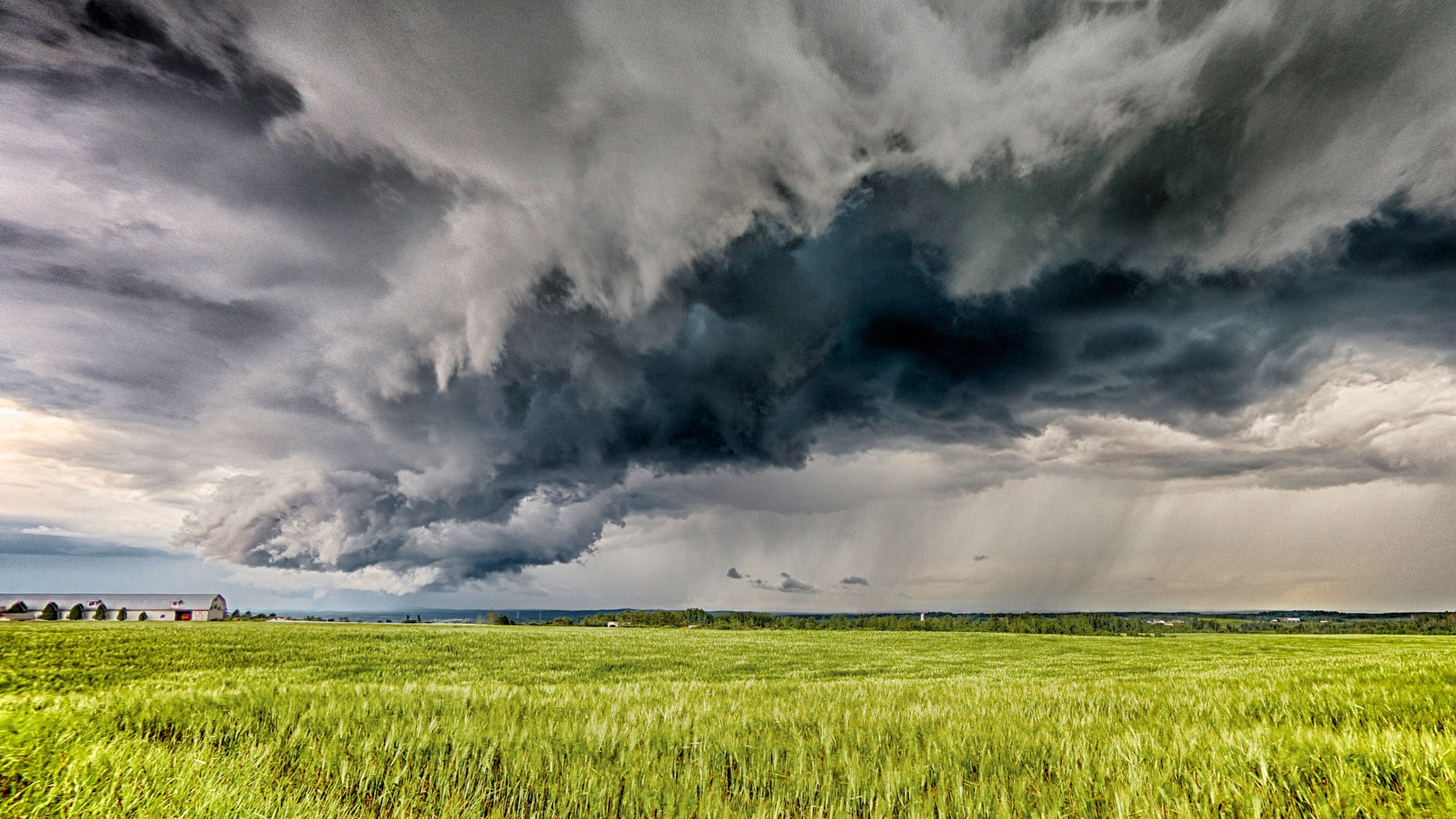The spring peeper (Pseudacris crucifer) is a small tree frog native to the forests of Eastern North America. Within Canada, the spring peeper can be found from Manitoba to the Atlantic provinces, excluding Newfoundland. (See also Frog Species in Canada.) In the spring, male spring peepers come together in groups around temporary breeding ponds to call out in a series of loud, high-pitched peeps meant to attract females. This sound is one of the earliest frog calls heard in the spring.

Description
The spring peeper is a small tree frog. On average, adults measure 2–2.5 cm in length and weigh 3–5 g. Females are slightly larger than males. Spring peepers can be tan, grey, olive or brown in colour, with a darker X-shaped marking on their back and dark crossbands on their hind legs. Their bellies are white to cream coloured. Spring peepers are able to change their colour, making themselves darker or lighter in order to match their surroundings. They additionally have skin with a granular texture and have visible toe pads, which help them climb.
When they first hatch from their eggs as tadpoles, spring peepers are brown or tan with dark mottling and a large, transparent fin. As the tadpoles age, they may begin to develop golden or brassy flecking on their body, as well as dark blotches along the edge of their fin. They can grow 3–4 cm in length before undergoing metamorphosis to become an adult frog.

Distribution and Habitat
Within Canada, the spring peeper can be found in Manitoba, Ontario, Quebec, New Brunswick, Nova Scotia and Prince Edward Island. They are also found throughout the eastern half of the United States.
Spring peepers prefer to live in forested, shrubby habitats and grassy lowlands near ponds and wetlands. Although they are tree frogs, and therefore excellent climbers, they are rarely found higher than 1 m off the ground. Instead, spring peepers spend most of their time in leaf litter. They are rarely found in urban areas or agricultural lands and tend to stay within a few hundred metres of their breeding pond.
During winter, spring peepers hibernate in a variety of locations, including under logs, loose bark and leaf litter, and, whenever possible, underground.
Did you know?
Spring peepers are “freeze-tolerant,” allowing them to survive temperatures below 0oC. This adaptation helps them survive Canada’s long, cold winters. They achieve this by increasing the amount of glucose in their cells. This “cryoprotectant” acts like antifreeze, reducing the freezing point of the fluid in the cells and preventing the cells from freezing. Their ability to withstand cold means spring peepers are among the earliest frogs to emerge in the spring in much of their range, and their breeding calls are typically heard before those of other frogs.
Reproduction and Development
Spring peepers breed in early spring. The exact timing of this varies throughout their range, but in Canada, the males’ mating calls can usually be heard at night from April to June. The males gather at a breeding site, usually a temporary woodland pond. These ponds appear in the spring and dry up by the end of summer, allowing them to remain fish-free and safe for the developing tadpoles. Once gathered, the males begin to call with very loud, high-pitched peeps that are repeated many times. The chorus of males’ combined calls can be heard from more than a kilometre away.
Female spring peepers can lay anywhere from 200 to 1,500 eggs in a season. The eggs are laid in small groups of two or three and, as with most frogs, the male fertilizes the eggs as they are being laid. In the northern parts of their range, spring peeper tadpoles hatch from their eggs after about one to three weeks. They complete metamorphosis into adult frogs after about two to three months, before the temporary pond dries up. Spring peepers likely reach sexual maturity by their second or third spring after metamorphosizing into adult frogs. They live approximately three to four years, although this may vary in different parts of their range.
Diet and Predation
As adults, spring peepers eat insects and other invertebrates, including beetles, ants, flies, spiders and slugs. They emerge to forage for food in the late afternoon until the early evening, although younger frogs may also forage in the early morning. As tadpoles, spring peepers eat algae, micro-organisms and decomposing organic matter.
Many different animals prey on adult spring peepers, including snakes, salamanders, large carnivorous insects, various birds and even large spiders. Predators of spring peepers in their tadpole form include salamander larvae and aquatic invertebrates such as giant water bugs, diving beetles and dragonfly nymphs.
Status and Threats
The Committee on the Status of Endangered Wildlife in Canada (COSEWIC) has not assessed the spring peeper. It is considered widespread and abundant in Canada.
Despite the relative stability of spring peeper populations, scientists know that the species does poorly in urban and agricultural areas. This makes spring peepers more vulnerable to habitat loss, particularly the loss of forests and wetlands throughout their range. Spring peepers also rely greatly on temporary breeding ponds, and the loss of these key habitats can lead to the decline or local extirpation of spring peepers in certain areas.
Other threats to spring peepers are those that are detrimental to all amphibians. Pollution in the form of herbicides and road salt can kill frogs directly or cause developmental deformities that make their continued survival more difficult (see Pesticide). Pathogens such as chytrid fungus and Ranavirus have caused mass mortality in certain areas.

 Share on Facebook
Share on Facebook Share on X
Share on X Share by Email
Share by Email Share on Google Classroom
Share on Google Classroom











